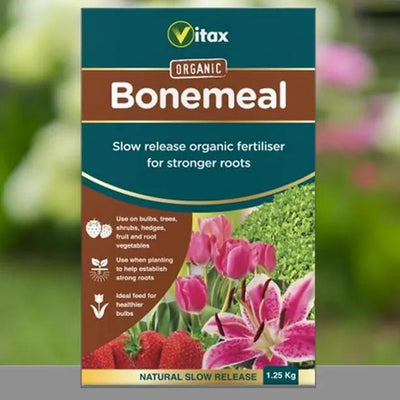Meech's Prolific Quince Trees
Meech's Prolific is the official name, but it's spelt Meeches in plenty of places so take your pick. This is one of the three best grafted fruiting quinces for the British climate, the others being Vranja and Serbian Gold.
Meech's Prolific is self-fertile, flowers in May and carries good crops of large, highly scented golden fruit, which are ready for picking around early October when the skin turns a glorious golden yellow. They can be real whoppers - up to half a kilo - in ideal conditions - usually in the South of England and Wales.
Browse our range of quince trees or our full variety of fruit trees.
Features
- Cooking
- Self fertile
- Perfumed fruit
- Lovely pale pink blossom
- Cropping early October, when the fruit turns yellow
- Heaviest fruiting variety in UK
- Up to 500g per quince in ideal conditions
- RHS Plants for Pollinators
Quinces are extremely hardy, but they do need a good summer to crop well. In Britain, this means that they're reliable as far North as Yorkshire, as long as they have a sheltered sunny South facing spot. All quinces have decorative flowers - these are slightly pink - and make ideal subjects for a sunny wall, where they're easy to train on wires. For those who try to bring more aromas into the garden, the fruit on the tree is deliciously fragrant. We have one at home which fills the garden with scent in October when its quinces are ripe and almost everything else has shut up shop for the winter.
The three classic uses for quinces are stewed slowly with meats, mixed with other fruit to make fillings for pies (with apple or pear and blackcurrant is a good combo), or used to make Quince cheese, jam or jelly/marmalade. Quince liquor is popular in several European countries - look out for Polish Pigwa (pronounced Pigva) Vodka if you want to give it a try, it's pretty easy to find in the UK.








 Secure, One-Tap Checkout
Secure, One-Tap Checkout
 Hand Picked, Delivered to Your Door!
Hand Picked, Delivered to Your Door! 1 Year Bareroot Guarantee
1 Year Bareroot Guarantee



















